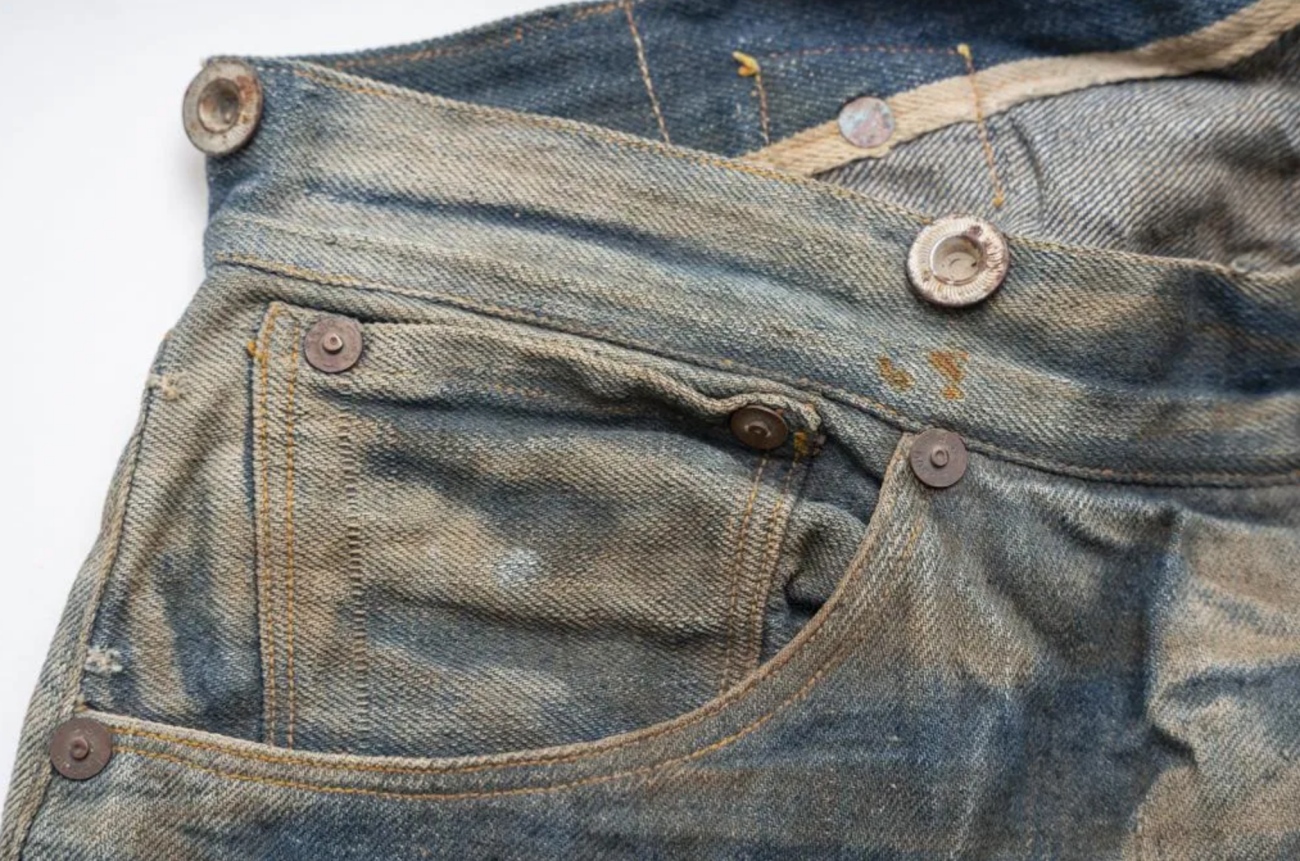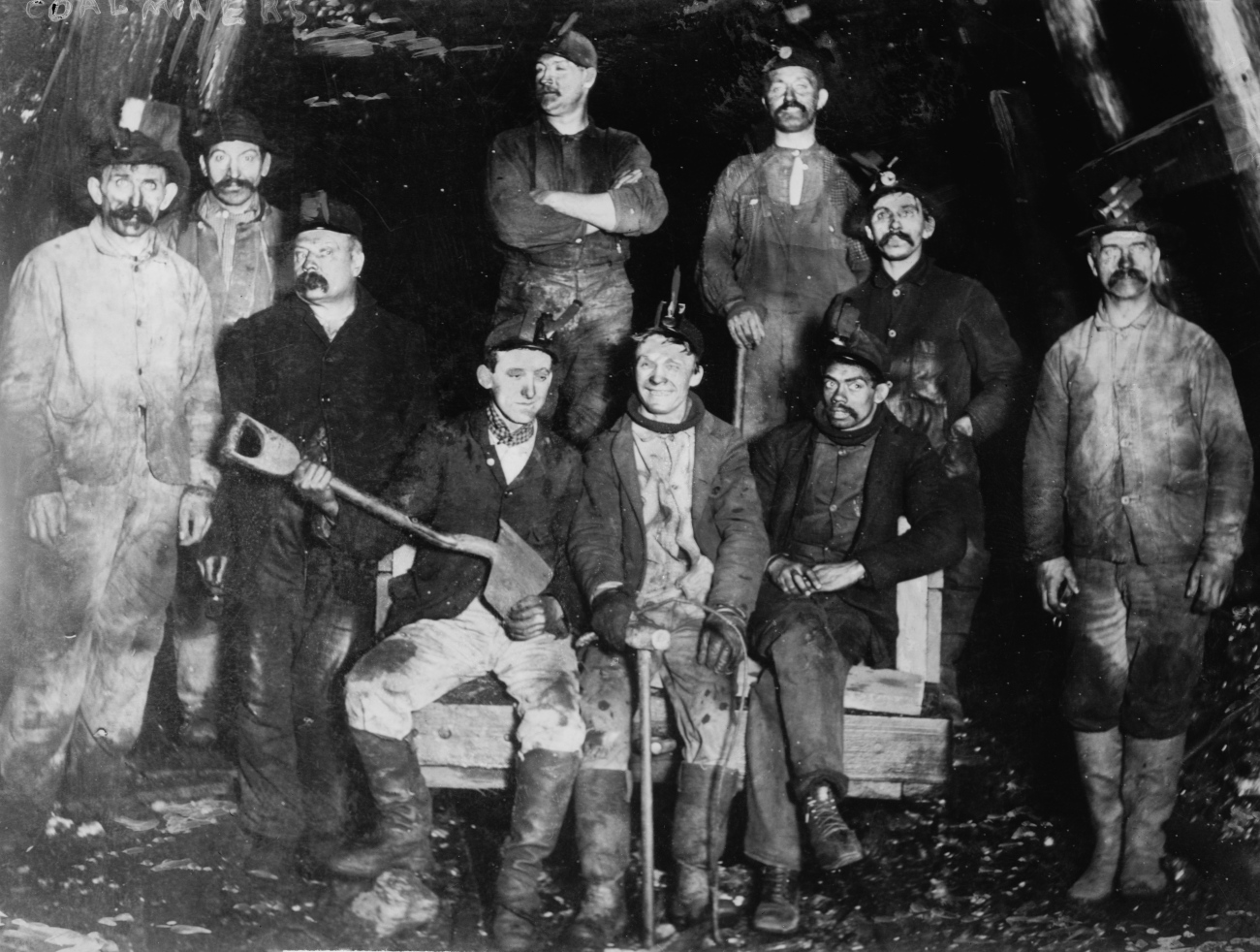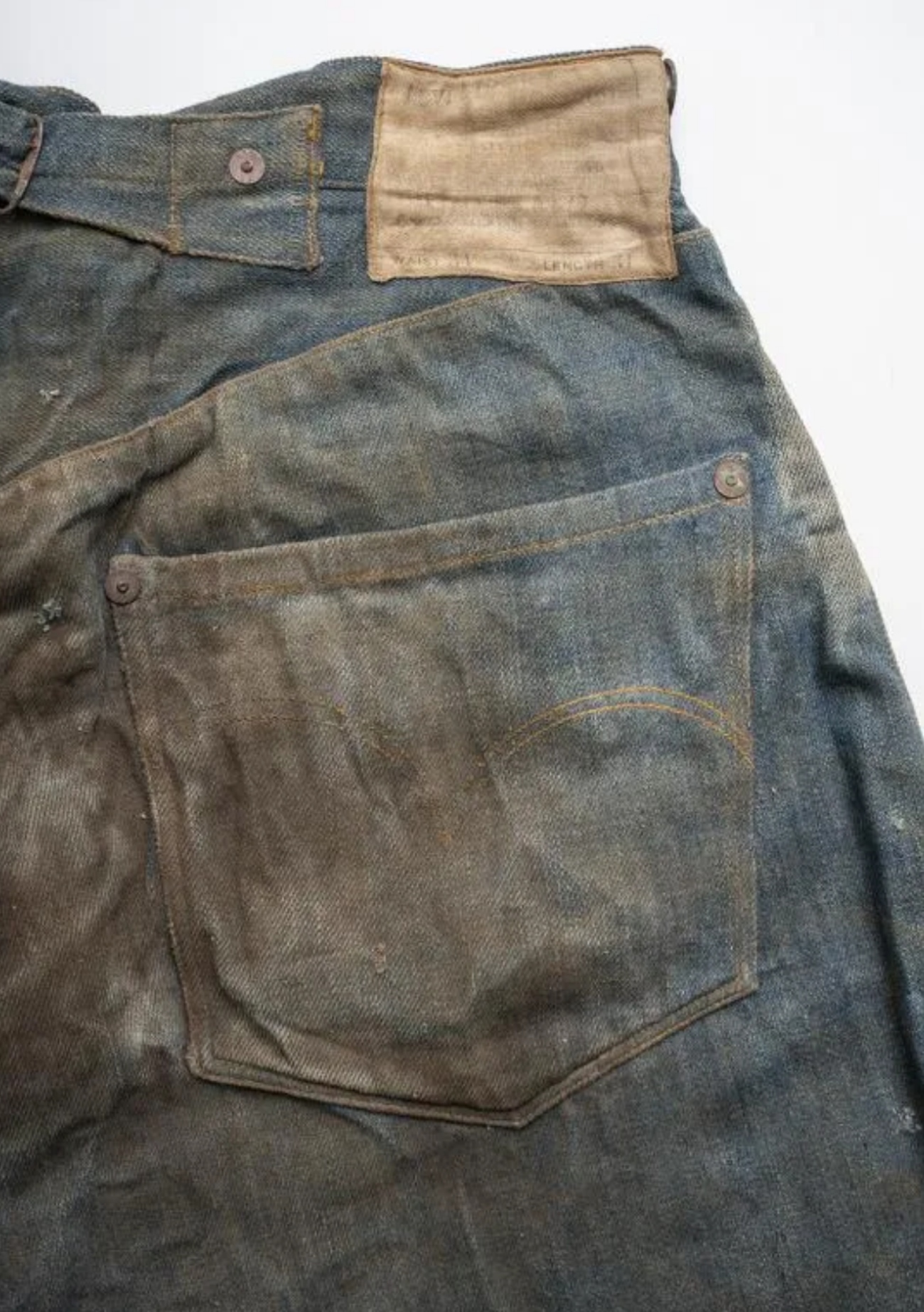Levi’s from 19th Century Auctioned for Record Price
Some of the oldest jeans ever auctioned.
Go the any public school, university, and even many workplaces nowadays and you’ll find jeans are the most common type of clothing in just about all those settings. Of course, there was a time when jeans were not allowed in schools and even before that they were considered the workwear for almost-exclusively for miners, laborers, constructions workers, and farmers. While jeans from the James Dean era when schools prohibited jeans are considered quite valuable today, those earlier jeans that miners wore are even more so. And, recently a pair of Levi’s from the late 1800s sold for one of the highest prices a pair of jeans has ever commanded.

The denim was sold at the Durango Vintage Festivus in held in New Mexico. The event was organized by long-time vintage denim hunter and seller, Brit Eaton. Eaton has long been searching for the good stuff in people’s barns, at lot sales, and even in old mine shafts. He said in an interview for GQ magazine that the mines of the Southwest are particularly good for finding old denim because the dry air preserves the fabric and keeps it from rotting away over time.
He said that many old pairs of jeans are worth around $100, but that when he found this pair from the late 1800s he knew they were special.

The jeans have the traditional rivets at the stress points that we’re used to from Levi’s as well as their famous logo of two mules trying to unsuccessfully to pull a pair of the jeans apart. However, they also have a label printed on the inside of the generous front pocket that tells of the racist history of labor in the US.
One of the phrases on the label reads: “the only kind made by white labor”. This statement refers to the Chinese Exclusion Act, first enacted in 1882. This act was designed to prevent Chinese immigrants from coming to the US, during a time when many Asian-Americans were targeted with violence as they were perceived to be taking jobs from white Americans. Many Chinese workers in the US in the 1860s helped to build the transcontinental railroad for much lower wages than other groups as they were heavily discriminated against in nearly all fields of employment.

The Exclusion Act made it almost impossible for Chinese immigrants to move to the US until 1943 when the act was finally repealed. However, quotas still capped the number of immigrants that could be allowed in based on their Chinese origin at a mere 105 individuals per year. The Levi’s labels only used the “white labor” slogan (and the ethos of hiring only Caucasian laborers) until the 1890s, which dates the jeans to a slim window of time.
Overall the jeans weren’t in bad shape, though they had plenty of wear and tear. They also the familiar double arch design on the back pockets, as well as an adjustable belt at the back to help them stay up while being worn. Because of this back strap they are called “buckleback” jeans. They were auctioned through Live Auctioneers and had a starting bid of $28,000!

So what did they sell for? The answer is an astounding $76,000 which didn’t include the buyers premium or fees. The jeans were bought by two people (Kyle Hautner and Zip Stevenson) who went in on the jeans together as an investment. In turn the pair hopes the jeans may be resold to a museum institution if possible as a relic of history. The auction house estimated initially that the jeans would sell for $10,000 to $25,000.
Footage of denim-obsessed collectors and resellers fighting to grab vintage denim items from a big pile have since surfaced from the festival. But, you can watch some clips from the (less chaotic) auction in the video below.
@drewheifetz Crazy Levi’s sold at auction. #levis #vintage #jeans #auction #fyp #viral #buckleback
SKM: below-content placeholderWhizzco for DOT

